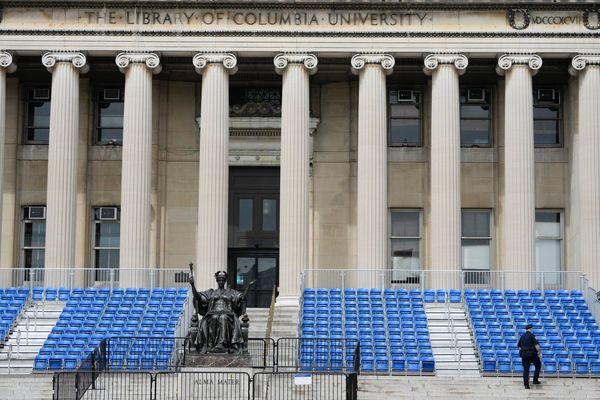
Synroc is a Canberra invention! It was invented in 1978 by Professor Ted Ringwood of the ANU and subsequently developed by the Australian Nuclear Science and Technology Organisation (ANSTO) at Lucas Heights, Sydney.
Synroc is a "synthetic rock" consisting of natural minerals that can incorporate and immobilise in their crystal structure most forms of radioactive waste. Synroc binds up the waste and keeps it safe for billions of years. It is particularly suitable for difficult high-level radioactive waste (HLW).
From the 1990s ANSTO worked with the US Department of Energy to develop a Synroc form suitable for immobilising a range of problematic HLW and although it would save billions in disposal costs, the projects were never finalised.
From 2005, ANSTO also worked with the United Kingdom to develop a composite synroc-glass wasteform to immobilise five tonnes of impure plutonium waste that has been "temporarily" stored at Sellafield in the North West of England for 50 years and a demonstration plant was built.
But after a few disappointments, Synroc is now alive and well and a plant to use the technology is in the final fit-out stage at ANSTO's Lucas Heights site.
This plant, named SyMo, is expected to cost $140 million.
It will treat the intermediate level radioactive liquid waste from the production of Mo-99 - the medical radioisotope used worldwide in the diagnosis of cancer.
Radioactive liquid is mixed with the Synroc additive, consisting of several natural minerals which immobilise the radioactive material in their crystal structure.
The mixture is dried to form a powder, which is transferred to a stainless steel can which is sealed and loaded into an isostatic press where heat and pressure are applied.
This is the Hot Isostatic Pressing process. This removes absorbed gases and the pressure is applied from all directions (hence the term "isostatic").
The simultaneous application of heat and pressure removes any voids, reduces the volume and compacts the material inside into a durable and stable final wasteform.
Intermediate Level Waste (ILW) produced by the SyMo process will go for final disposal to an underground facility with other ILW. The Australian Radioactive Waste Authority is looking for a suitable location for this facility.
Once operating, Australia will be the first country in the world to have a co-located Mo-99 production facility and radioactive liquid waste treatment plant.
- Tony Irwin is an associate professor at the ANU and technical director at SMR Technology
Listen to the Fuzzy Logic Science Show at 11am every Sunday on 2XX 98.3FM.
Send your questions to AskFuzzy@Zoho.com Twitter@FuzzyLogicSci
We've made it a whole lot easier for you to have your say. Our new comment platform requires only one log-in to access articles and to join the discussion on The Canberra Times website. Find out how to register so you can enjoy civil, friendly and engaging discussions. See our moderation policy here.







